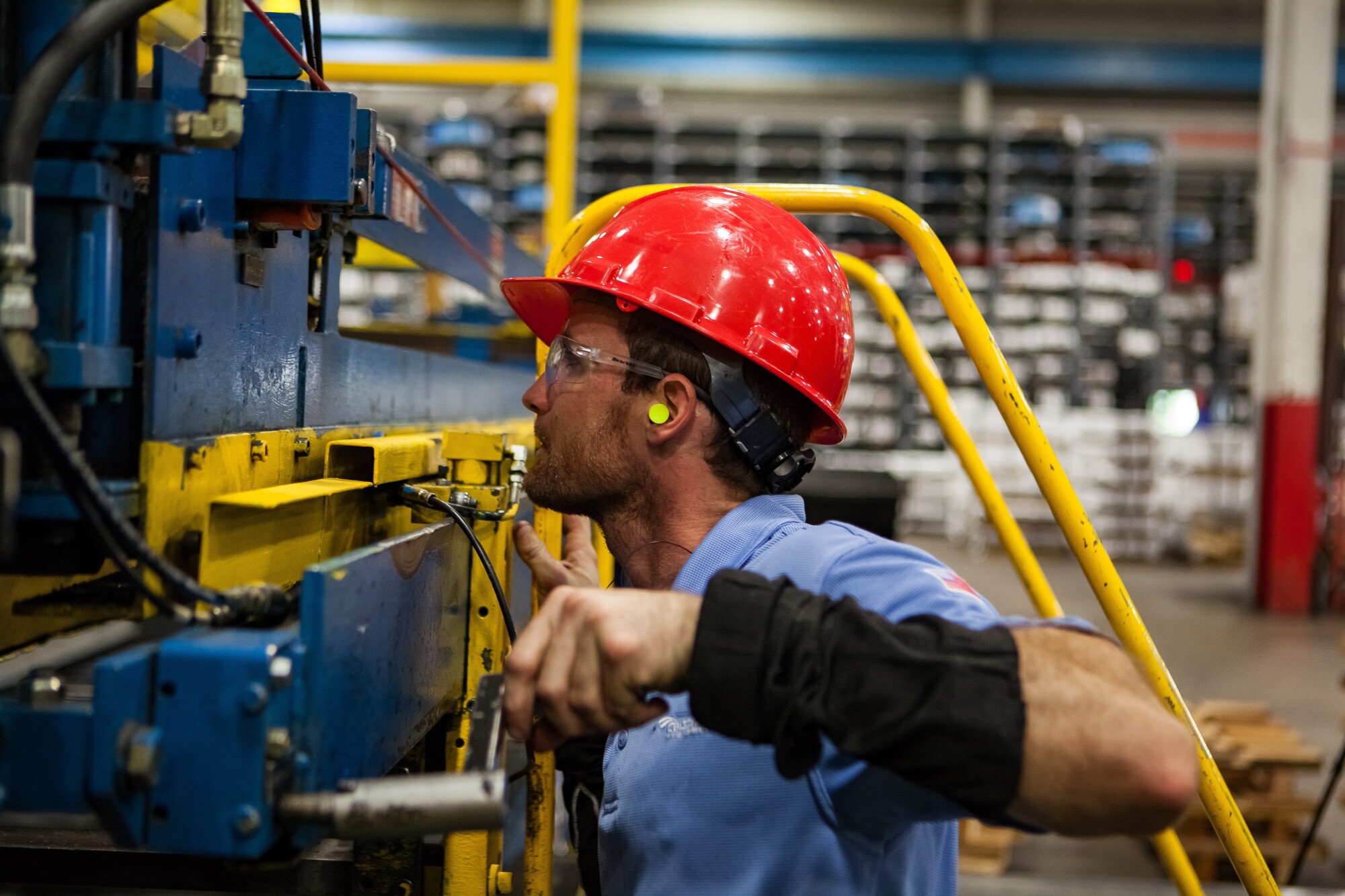
Would you believe it if I said injection molding is like making Jello?
Injection molding is a standard manufacturing process to make parts out of metal, glass, rubber, or plastic using molds. So, if you think about it, these processes are pretty similar!
But really, what is plastic injection molding? Keep reading to learn all you need to know about this process.
Plastic Injection Molding Explained
Plastic injection molding is a process manufacturers use to make plastic components. Manufacturers inject plastic materials molten by heat into a mold. Then, the molds cool and solidify.
The process is excellent for mass-producing products with complicated shapes. Many industries use plastic components of various sizes in their operations. Some of these industries include:
- Aerospace
- Automobile
- Medical
- Toy
The process is fast and produces high-quality products. This is because plastic materials can resist high temperatures. As a result, plastics are even replacing metals, which manufacturers typically use in the production of plastics.
The standard plastic type for this injection molding is thermoplastics. Thermoplastics are polymers. They melt under high temperatures and solidify under cool temperatures. Plus, they won’t burn when reheated.
You can heat and cool thermoplastic several times before they begin to degrade. This is in contrast to thermoset plastic materials.
Plastic Injection Molding Guide
The plastic injection molding process is divided into six steps. They are:
- Clamping
- Injection
- Dwelling
- Cooling
- Mold opening
- Removal of products
Before the process begins, the molding machine melts the plastic. The plastic will be in pellet or grain form. The machine has an internal auger that is screw-shaped. Heater bands on the outside of the barrier heat the plastic.
Once the plastic is liquid, the machine will clamp the mold together. This ensures the mold fills correctly and doesn’t leak.
Then, the machine injects the plastic into the mold under high pressure. It’s like a giant plunger in a syringe. The plastic sits in the dwelling and begins to cool. Failing to let the product cool could result in a misshapen or damaged product.
As you can imagine, letting the product cool on its own can take a long time. Thus, the machine uses a coolant to cool the plastic quickly. A standard coolant is water. The coolant will flow in and around the mold through special channels. This works similarly to an engine block.
The cooling process takes less than a minute.
When the plastic cools completely, the mold clamp will come undone and open the mold. Finally, you can remove the product. Often, when the clamp opens, the product will drop onto a conveyor belt. An employee doesn’t need to remove each product.
After the machine releases or ejects the product, the process will start again.
Answered: What Is Plastic Injection Molding?
Now that you have these plastic injection molding tips, you are no longer wondering, “What is plastic injection molding?” You have all the information you need to implement products from injection molding into your manufacturing process.
To get started with the molding you need, contact us at Nova Stevensville. Our professionals offer diverse expertise and design customization for the best product results.
